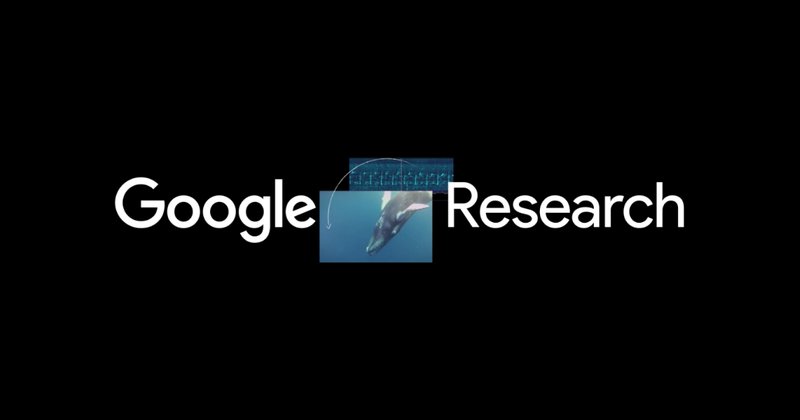Complete-brain exercise in a small vertebrate
Historically, neuroscientists research neural exercise by breaking advanced behaviors into smaller components. To review searching, for instance, they could take a look at the hunger-sensing capabilities of the cells and organs, the olfactory system that permits an animal to odor their prey, the visible system for monitoring, and so forth. However advanced behaviors nearly all the time contain a number of areas concurrently, together with sensation, decision-making, reminiscence, and motion. To make it much more difficult, neural processing is distributed all through the mind.
ZAPBench takes a novel method that focuses on the exercise in a vertebrate’s whole mind. Leveraging pioneering work on whole-brain exercise recording from our collaborators at Janelia, we constructed our dataset and benchmark with pictures captured from the whole mind of the larval zebrafish. We selected the larval zebrafish for a number of causes. At solely six days previous, it’s able to advanced duties that contain motor studying and reminiscence, similar to adjusting to transferring currents and light-weight circumstances, stalking and searching small prey, and remembering harmful environments. Moreover, and most significantly, it’s small and clear, and its whole mind may be imaged beneath a specialised microscope.
To assemble knowledge for our benchmark, our collaborators Alex Chen and Misha Ahrens at HHMI Janelia recorded the fish’s mind exercise beneath a specialised gentle sheet microscope that makes use of a laser beam to scan the mind one skinny slice at a time and generates a 3D picture. The fish was engineered to specific GCaMP, a genetically encoded calcium indicator that flashes brilliant inexperienced when it binds to calcium ions that enter lively neurons. With a view to get a transparent picture of those proteins as they lit up, the fish was immobilized in a jelly-like substance. To measure its mind’s response to completely different stimuli, pc generated pictures have been projected across the fish, whereas the scanning microscope recorded mind exercise. A complete of two hours of mind exercise was recorded in 3D.


Leave a Reply